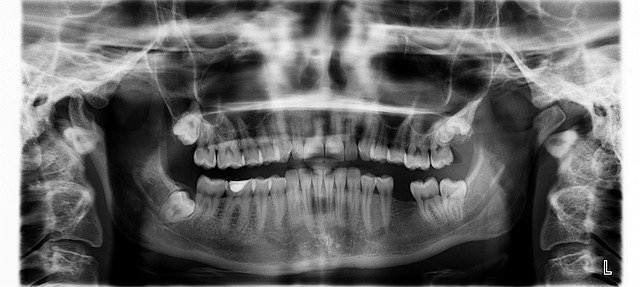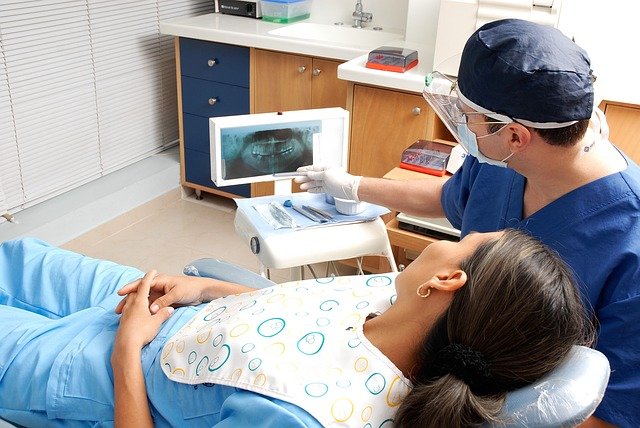Understanding the Cremation Process: Step-by-Step Overview
Cremation is a deeply personal choice, yet many people don’t fully understand what the process involves. From the moment a loved one is prepared for cremation to the final return of the ashes, each step is carried out with care, respect, and attention to detail. In this article, we walk you through the full process of modern cremation—from identification and preparation, to the cremation itself, and finally, the handling of remains. Whether you're planning ahead, coping with a loss, or simply curious, this transparent look at the cremation process may bring clarity and peace of mind. See how modern cremation works and what to expect at every stage.

What Happens Before the Cremation Process?
The journey begins with careful identification and documentation. The deceased is fitted with a permanent identification tag, and all necessary paperwork is completed, including death certificates and cremation authorizations. Personal items are removed and returned to the family, while medical devices that could be harmful during cremation are carefully extracted. The body is then cleaned and dressed according to family wishes.
How Is the Body Prepared for Cremation?
The deceased is placed in a cremation container or casket made of combustible materials, typically wood or heavy cardboard. This container must be sturdy enough to protect dignity during handling yet able to burn completely during cremation. Some families choose to have a viewing beforehand, in which case temporary preservation techniques may be used.
What Occurs During the Actual Cremation?
The cremation chamber, known as a retort, is preheated to approximately 1,600-1,800 degrees Fahrenheit. The container with the deceased is placed inside, and the cremation process typically takes 2-3 hours. During this time, organic matter is reduced to bone fragments through exposure to intense heat and flame. Contrary to popular belief, ashes are actually processed bone fragments, not burnt remains.
How Are the Cremated Remains Processed?
Once cooling is complete, the cremated remains are carefully collected. Any metal objects, such as surgical pins or jewellery, are removed using strong magnets or manual separation. The bone fragments are then processed into a fine, sand-like consistency using a specialized processor. These remains typically weigh between 1.8 to 3.6 kilograms.
What Are the Legal Requirements and Standards?
In the United Kingdom, cremations must be performed at licensed crematoriums under strict regulations. Each cremation must be authorized by the appropriate medical authorities, and there must be a 24-hour waiting period after death before cremation can occur. Crematoriums must also maintain detailed records and follow environmental protection guidelines.
What Are the Costs Associated with Cremation Services?
| Service Type | Average Cost Range | What’s Included |
|---|---|---|
| Direct Cremation | £1,000 - £1,600 | Basic cremation without ceremony |
| Standard Cremation | £3,000 - £4,000 | Traditional service with viewing |
| Premium Package | £4,500 - £6,000 | Extended services, premium urn |
Prices, rates, or cost estimates mentioned in this article are based on the latest available information but may change over time. Independent research is advised before making financial decisions.
After cremation is complete, families have various options for memorializing their loved ones. The cremated remains can be kept in an urn, scattered in a meaningful location (following local regulations), or interred in a columbarium. Some families choose to divide the remains among family members or incorporate them into memorial jewelry or art pieces.
Note: This article is for informational purposes only and should not be considered medical advice. Please consult with a licensed funeral director or crematorium for specific guidance regarding cremation services.




